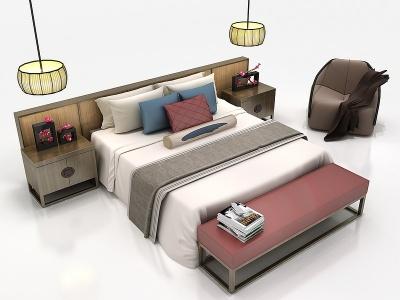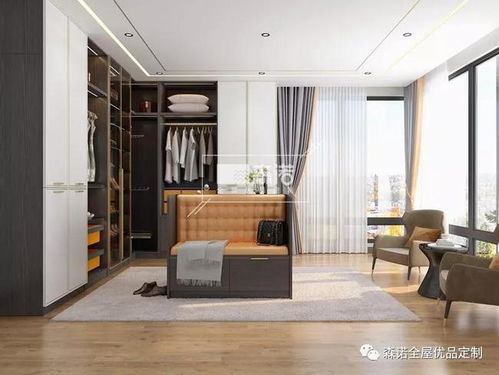Optimizing 3D Furniture Parameters for Realistic Rendering
In the realm of 3D modeling and rendering, creating lifelike furniture requires careful attention to detail and parameter optimization. Whether you're a seasoned professional or a newcomer to the field, understanding the key parameters involved in crafting 3D furniture is essential for achieving realistic results. Let's delve into the crucial aspects of 3D furniture parameters and how to optimize them for topnotch rendering.
1. Geometry:
*Polygon Count:* Balancing polygon count is crucial for optimizing rendering performance without compromising visual quality. Highpolygon models offer better detail but can slow down rendering times.
*Mesh Density:* Focus on maintaining consistent mesh density across the model to ensure smooth surfaces and realistic proportions.
*Detailing:* Pay attention to intricate details such as carvings, seams, and textures to enhance realism without overwhelming the scene.
2. Materials and Textures:
*Material Accuracy:* Choose materials that accurately represent realworld counterparts in terms of color, reflectivity, and texture. Utilize physicallybased rendering (PBR) shaders for authenticity.
*Texture Resolution:* Opt for highresolution textures to capture fine details like wood grain, fabric patterns, and surface imperfections. However, be mindful of file sizes and rendering performance.
*UV Mapping:* Properly unwrap UVs to ensure seamless texture application and minimize stretching or distortion, especially on curved surfaces.
3. Lighting:
*Environment Setup:* Create an appropriate environment for the furniture piece, considering factors like natural vs. artificial lighting, indoor vs. outdoor settings, and ambiance.
*Light Sources:* Experiment with different types of light sources (e.g., sunlight, lamps, ambient occlusion) to achieve the desired mood and highlight specific features of the furniture.
*Lighting Rig:* Set up a lighting rig that complements the shape and material of the furniture while avoiding harsh shadows or overexposure.

4. Rendering Settings:
*Render Engine:* Choose a rendering engine that best suits your project requirements and workflow preferences. Options like Blender's Cycles, Autodesk's Arnold, or Chaos Group's VRay offer advanced features for photorealistic rendering.
*Sampling and Ray Tracing:* Adjust sampling rates and ray tracing settings to balance rendering speed and quality. Higher sampling rates reduce noise but increase render times.
*Global Illumination:* Enable global illumination techniques like irradiance caching or photon mapping to simulate realistic light interactions and improve overall scene realism.
5. PostProcessing:
*Color Correction:* Finetune colors, contrast, and saturation in postprocessing to achieve the desired visual aesthetic and match reference images if applicable.
*Depth of Field:* Simulate depth of field effects to add realism and draw focus to specific areas of the scene, such as the furniture's focal points.
*Compositing:* Combine multiple render passes (e.g., diffuse, specular, ambient occlusion) in a compositing software like Adobe Photoshop or After Effects for greater control over the final output.
6. Iterative Refinement:
*Feedback Loop:* Solicit feedback from peers, clients, or online communities to identify areas for improvement and refine the 3D furniture model iteratively.
*Test Renders:* Generate test renders at different stages of the production process to evaluate the impact of parameter adjustments and ensure steady progress towards the desired outcome.
*Version Control:* Maintain organized version control to track changes and revert to previous iterations if necessary, safeguarding against unintended errors or setbacks.
By focusing on these key parameters and adopting a systematic approach to optimization, you can elevate your 3D furniture renders to new heights of realism and visual appeal. Remember to stay patient, experiment with different techniques, and continuously refine your skills to achieve mastery in the art of 3D rendering.










